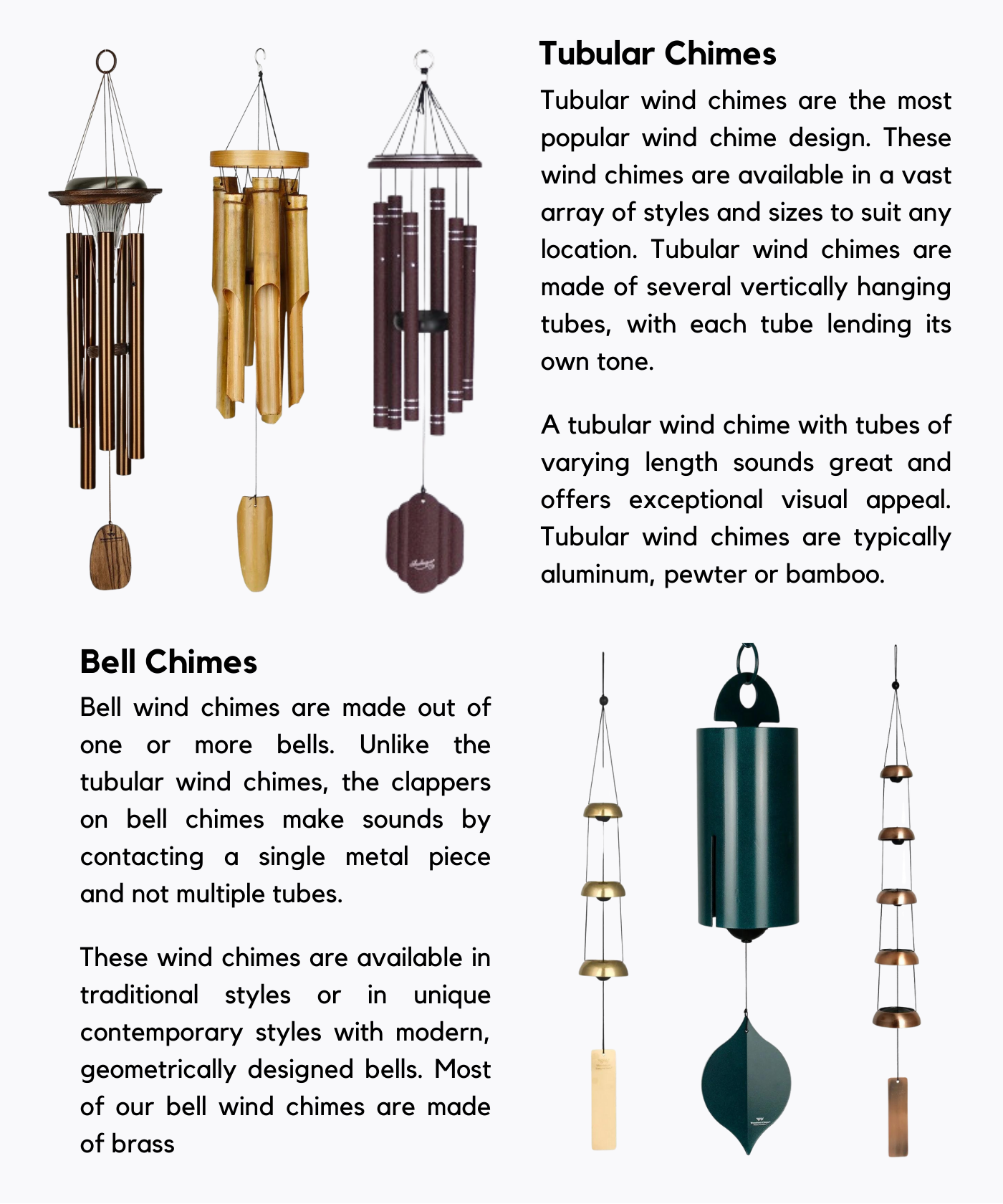Wind Chime Buying Guide
Whimsical Winds Wind Chimes Buying Guide. We feature Corinthian Bells, In Loving Memory, Grace Notes, Shenandoah Melodies, and Woodstock Percussion Wind Chimes.
Software: Kryptronic eCommerce, Copyright 1999-2024 Kryptronic, Inc.
Exec Time: 0.021729 Seconds
Memory Usage: 1.026123 Megabytes













